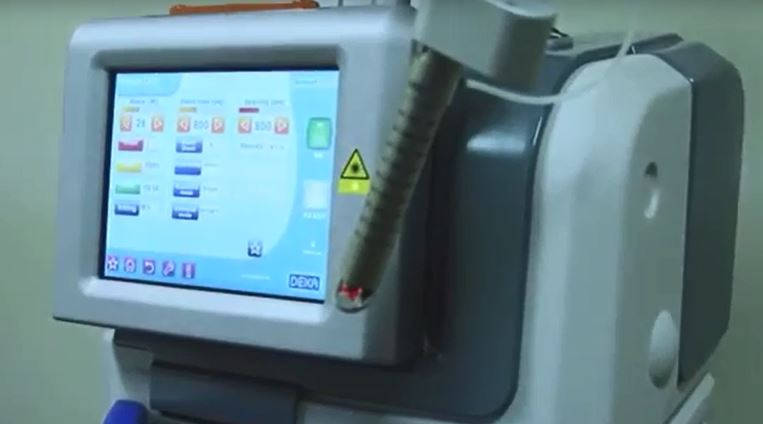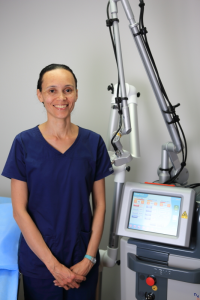As women go through menopause, their natural PH levels in their bodies change. This menopausal and post-menopausal fluctuation of hormones can affect blood supply to the vagina leading to a condition known as vaginal atrophy.
Approximately 40 percent of women are will experience vaginal atrophy in their lifetime. The decrease in the natural elasticity and thickness of the vaginal wall leads to detrimental changes that can have a devastating effect on the vagina’s function and overall health.
What are the Symptoms of Vaginal Atrophy?
Atrophy of the vagina presents itself with several symptoms. Women may experience:
- Dryness/itching of the vagina
- Vaginal burning
- Fissuring of the opening of the vagina
- Dyspareunia (pain sex)
- General Pain
Women who suffer from any or all of these symptoms often experience embarrassment, anger and sometimes depression. Their symptoms take a toll on their emotional and physical wellness as well as their relationships.
Prevalence
While vaginal atrophy affects around 40 percent of menopausal or post-menopausal women, it can also affect other women who have yet to reach this stages of their life. Vaginal atrophy is sometimes found in women who:
- Breastfeed
- Take oral contraception for prolonged periods of time
- Experienced traumatic birth deliveries
- Suffered severe perineal scarring or repairs
Also, around 60 percent of breast cancer patients experience vaginal atrophy during the course of their cancer treatments. Unfortunately, because of their radiation treatment or chemotherapy, these women are often ineligible to use hormone replacement therapy, another commonly prescribed treatment for vaginal atrophy.
Treatment Options for Vaginal Atrophy
Until recently, vaginal atrophy sufferers who wanted relief from their symptoms were limited to the use of unscented topical or HRT creams.
However, recent advancements in the treatment of this condition now allow more women to experience significant relief to the point that they can resume their normal lives.
The Mona Lisa Touch procedure is one of the newest relief options for vaginal atrophy sufferers. This treatment tackles some of the most pressing causes behind this condition.
Patients who use the Mona Lisa Touch procedure typically do not have to make adjustments to their daily lives to experience longer lasting relief.
The Mona Lisa Touch can especially help breast cancer patients or women who have a history of breast cancer and would be ineligible to use HRT creams.
Vaginal atrophy continues to be a condition that negatively impacts many women’s lives.
Rather than forfeit their normal routines or their romantic relationships, sufferers of this condition can overcome vaginal atrophy by knowing its symptoms and by discovering more about available treatment options.


